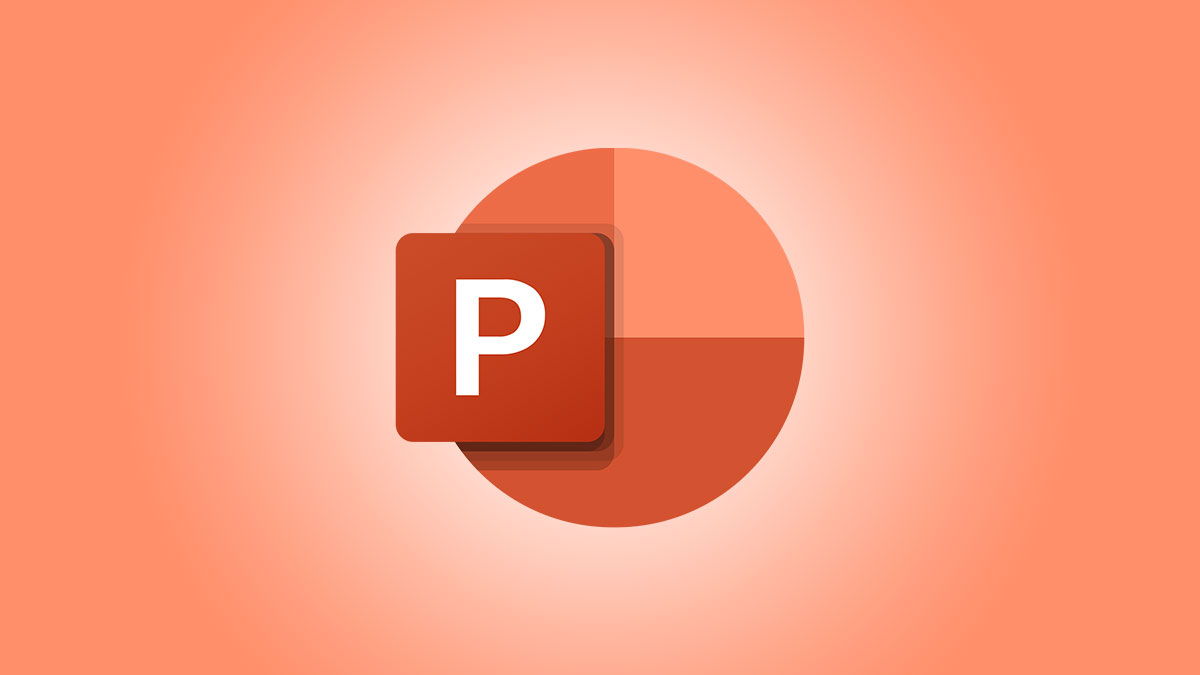#Should You Use a Balance Board with Your Standing Desk? – Review Geek

Table of Contents
“#Should You Use a Balance Board with Your Standing Desk? – Review Geek”

Is simply standing at your standing desk boring? Do you wish your feet could be doing something more exciting while your fingers are typing away at a boring report for work? Get a balance board and be bored no more.
If you’re wondering how exactly balance boards work, what kinds of balance boards are out there, or what the benefits—if any—are of using one, you’ve come to the right place. We dug in to explore and answer all of your burning questions about the world’s most awesome standing desk accessory. We even offer up a few recommendations as well.
What Is a Balance Board?
Simply put, balance boards are a fitness tool. They are designed for you to stand on while trying to maintain your balance and posture. Balance boards are often used as workout aids and as injury rehabilitation tools for things like ankle sprains, but more and more folks are choosing to use them in their everyday life, like with standing desks.

Why? Because simply standing up for several hours at a time can hurt your feet (and strain your legs and back). It’s just uncomfortable. Yes, you can opt for one of those heavy-duty standing mats or extra-cushy shoes, but the odds are you won’t find salvation there either. However, with a balance board, you can easily and comfortably shift your weight around in a way you just can’t with a mat or shoes alone.
Adding a balance board to your home office setup can also help improve your balance and posture, and offer a ton of other amazing benefits that we’ll discuss in a bit. Overall, they encourage you to move more throughout the day, keeping your joints supple, reducing strains and pains, and even keeping you more focused.
What Types of Balance Boards Are There?
There are several different types of balance boards out there, and each has its own unique design. Further still, each type of board can have multiple styles beyond that. And because there are so many types, let’s take a moment to take a look at each one to see what makes them unique.
The most common options include rocker boards, wobble boards, and roller boards; however, you might also come across less common types, like spring-based boards, half balance balls, and basic balance pads. With the exception of the balance balls and pads, the name of the game is to keep the deck you’re standing on from touching the ground. Here’s a little more about each type:
Rocker

Rocker boards are typically designed with a flat surface atop a permanently mounted fulcrum, though they can also take the shape of a single curved surface (though this specific design is typically reserved for kids). Most rocker boards just rock in two directions—either forward and backward, or side to side—which makes them the easiest type of balance board to use and the best starting point for beginners.
Wobble

Wobble boards are a little more versatile than simple rocker boards. Typically, they have a round design with a hemispherical fulcrum that’s permanently mounted to the center of the underside. This enables you to move in all directions rather than just two. It also requires a little more balance and skill, making it a better choice for beginner to intermediate users.
Roller

Roller boards, also called rocker roller boards, are the most challenging (and potentially dangerous) balance boards to use as their fulcrum is unattached. These tend to look more like a skateboard deck rolling on top of a cylindrical log. Because the fulcrum can always be in motion, the challenge is to keep the board still on top of the fulcrum, or at least to be able to completely control the board (rather than the other way around).
Similar to rocker roller boards are sphere-and-ring boards, which typically use an unattached ball instead of a cylindrical fulcrum. They allow the user to tilt and rotate in any direction, but usually, these types of boards are super challenging and expensive. Out of the two, roller boards are what we recommend. Additionally, we only recommend roller boards for advanced users (like athletes, especially those with surfing, hockey, or skateboarding experience), not beginners.
Spring

Spring boards are a newer design compared to the others. The fulcrum is the springs that sit between the base and the deck you’ll stand on. The springs then compress and cause instability, especially if you are moving around in multiple directions while on it. Spring boards are closer to wobble boards and aren’t as challenging as roller boards.
Half Balance Ball

These look like half an exercise ball with a flat bottom surface (kind of the opposite of wobble boards). They’re a decent challenge, as they engage your core muscles and lower limbs via an unstable and dynamic surface, but are much bigger than most of the other options which might be annoying to deal with in your home office.
Balance Pads

Technically, these are not balance boards, but they can still challenge your balancing skills without actually being dangerous like roller boards. Balance pads are recommended for seniors and those recovering from injuries, but they might also be a gentle first step for those looking to improve their balance skills and even work on strengthening and stabilizing their muscles.
What Are the Benefits of Using a Balance Board?
In general, anything that gets you up and moving around on your feet is good, especially in contrast with remaining sedentary all day at your desk or on the couch. Balance boards offer a plethora of benefits for users of all ages that pretty much everyone (and their health) can benefit from.
The most noteworthy benefit is that they can improve poor posture. The human body innately knows how to maintain good posture, but it can suffer if we are constantly slouching, overweight, and live a mostly sedentary lifestyle. Balance boards can help you build up strength in your abdominal muscles, legs, and back helping you build functional strength that will help you in other aspects of your life.
Board training can also improve proprioception, or the perception of your body’s position and movements in three-dimensional space. Balance boards are extra good for building ankle proprioception through micro movements, which plays a crucial role in balancing. The boards can potentially train tendons, muscles, and ligaments to become stronger and work together to build stability.
Anyone who has ever stood on a balance board also knows how good they are for toning leg muscles. As your body works to find balance, it’s making tons of small adjustments across multiple muscle groups in order to do so (especially if you are using more challenging boards, like rollers and half balance balls).
Strong and toned muscles are healthy muscles, which can then lead to reduced limb swelling and muscle fatigue, improved circulation, and a reduce your risk of injury. They’ll also boost your coordination and bodily awareness, which can make it easier to complete all manner of tasks more easily.
Using a balance board can also benefit your brain, too. Balance training can improve your concentration, eye control, language development, motor skills, and more. It makes us constantly use and build neural networks, which, in turn, help coordination between the mind and body. And who doesn’t want more focus and coordination?
Something most people might not consider is that using a balance board literally keeps you on your toes. You’ll be more alert to your surroundings and even that super-boring report you’re writing up for work. They’re especially effective to use during afternoon slumps. Lastly, balance boards are just downright fun to use, even if you aren’t at your standing desk. You can have balance contests with everyone else in your family, use them in your workouts, even wiggle on them while you’re jamming out to some really good tunes.
What Downsides Are There?
Thankfully, the drawbacks of using a balance board are far fewer than their many outstanding benefits. The first concern with balance boards is that they are a little nerve-wracking to stand on the first few times. Though your body quickly learns how to find balance and move with the board, it can sometimes feel like you’re going to fall off and get injured. Luckily, this feeling tends to fade fairly quickly with continued use.
Otherwise, they can be quite costly. While you can find a few budget-friendly options on Amazon and from other retailers, many of them cost over $100. It can be hard to justify dropping so much money on something like a balance board, especially if you haven’t even used one before. We think they are worth investing in, however.
Who Should Use a Balance Board?

Honestly, anyone can (and should!) use a balance board. They can be used anywhere where you’d normally stand and perform a task, which is why they’re so well-loved by those with standing desks. You can also use one while you’re doing the dishes or taking a phone call, or you can integrate it into your workout or meditation routine.
Balance boards are excellent for kids and seniors alike. Physical therapists often recommend them for use in both static and dynamic balance training. However, they should not be used by those who are dizzy or whose balance is impaired, as it could lead to an injury. It’s also okay if you need to hold onto a friend or sturdy piece of furniture the first few times as your body gets the hang of things.
How Much Do Balance Boards Cost?
Because they come in such a variety of styles and materials, balance boards have a wide price range. They can cost anywhere from $20-$350, but we found the sweet spot is typically around $30-$120. That said, there’s no reason to spend more than $350; nothing above that price point will offer anything more beneficial than any of the less expensive options do.
If you want a balance board but you’ve never tried one before, we recommend choosing an inexpensive rocker or wobble board in the $20-$40 range. That’ll be more than sufficient for most people, and it’ll give you an idea of how they work and whether or not you like them without breaking the bank. From there, it’s up to you whether you want to upgrade to a nicer version or try out a different style altogether.
Ready to Buy Your Own Balance Board?
Though balance boards are by no means a home office necessity, they are certainly nice to have as they help shake your workday and keep you on your toes. With the tremendous amount of physical and mental benefits they yield, and with so many affordable options to choose from, we heartily recommend balance boards to anyone who is interested.
Here are our favorite balance boards across all of the most popular board categories:
If you liked the article, do not forget to share it with your friends. Follow us on Google News too, click on the star and choose us from your favorites.
For forums sites go to Forum.BuradaBiliyorum.Com
If you want to read more like this article, you can visit our Technology category.



